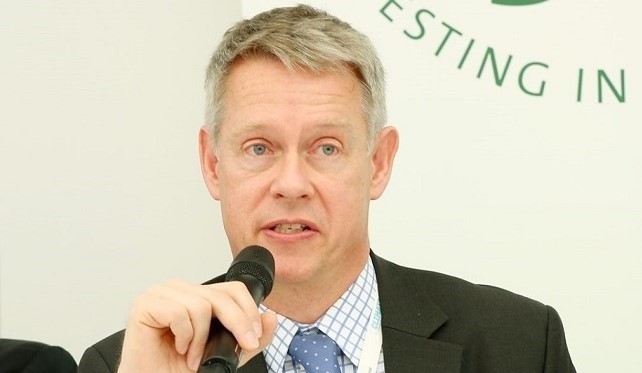The UN Fashion Industry Charter for Climate Action released on Monday, June 14, 2021 its first-ever Progress Report, which takes an in-depth look at its history and achievements. The interactive online report details climate action milestones in the fashion sector to date and provides a forward-looking vision for future industry priorities.

Since the Charter’s launch in 2018, 125 signatories from leading fashion brands, retailers, suppliers and 41 supporting organisations have come together to drive collective low-carbon efforts. These efforts are underpinned by the Charter’s mission to drive the industry to net-zero Greenhouse Gas (GHG) emissions no later than 2050, in line with global ambitions to keep global warming below 1.5 degrees.
“Few sectors are at the same time so global, so local and so personal as fashion is. The work that the UN Fashion Industry Charter for Climate Action is doing, as reflected in this report, shows what it takes to bring the real economy into a net-zero world, and touches on all levels of action, from governments and producers to brands and consumers.
“We are convinced that this will help Parties to the UNFCCC increase ambition and turn their Paris Agreement commitments into action. In the end, climate action is something we should all wear,” said Niclas Svenningsen, Manager, Global Climate Action.
The Progress Report comes at a pivotal time for the fashion industry and in the run-up to COP26. As such, the Charter seeks to drive decarbonization efforts throughout the sector and scale the necessary actions moving forward. In this context, COP Champions and Race to Zero have developed the Milestones Document, which maps out known decarbonisation targets, implementation initiatives and analysis from published reports to facilitate collaboration and solutioning among key actors in the fashion sector.
Since its inception, the Charter has seen considerable progress on industry-wide climate ambition. This includes growing the signatory base to 125 members, who now represent $450 billion in revenue and over 10% of total fashion industry GHG emissions.
Building the Charter’s Playbook for Climate Action – the first-ever industry playbook to identify climate strategies available to fashion companies – signatories have engaged in the following areas:
- Developing a low-carbon capacity building training series for suppliers
- Building a better understanding of data gaps for low-carbon raw materials (cotton and polyester)
- Creating case studies on emerging financial instruments for fashion stakeholders
- Introducing a public climate disclosures mechanism (CDP) for signatories
- Designing roadmaps for climate policy engagement in key manufacturing countries
- Becoming the first sector-specific partner to the Race to Zero campaign
- Launching a plan for accelerating sustainable energy deployment and coal phase-out in supply chain facilities.
Per the Charter’s requirements, signatories are requested to publicly disclose their emissions. As highlighted in the Progress Report, for the 2020 reporting cycle, over 70% of signatories submitted climate disclosures with one third reporting for the first time. In addition, 38 Charter signatories have set or have committed to setting science-based targets.
While momentum has grown, more action is needed to advance low-carbon supply chains if the Charter is to achieve its goal of ensuring net-zero emissions by mid-century.
“Through the Charter, the climate action agenda for fashion has been significantly elevated. Many organisations in the sector now embed climate priorities in their business decisions and long-term strategies. But to truly transform the industry and reach our low carbon commitments, we must draw on the collective power of the Charter to rapidly enable decarbonization solutions throughout value chains,” added Stefan Seidel (PUMA) and Tracy Nilsson (adidas), Co-chairs of Fashion Charter Steering Committee.
Looking ahead, the Charter will continue to use its collaborative framework to drive industry-wide action in specific areas. These include aligning with a 1.5-degree temperature goal, encouraging the systemisation of low-carbon raw material targets, ramping up climate policy advocacy, leveraging emerging financial tools, scaling renewable energy and energy efficiency in the supply chain, phasing out coal in manufacturing, and promoting broader climate action and consumer engagement.
